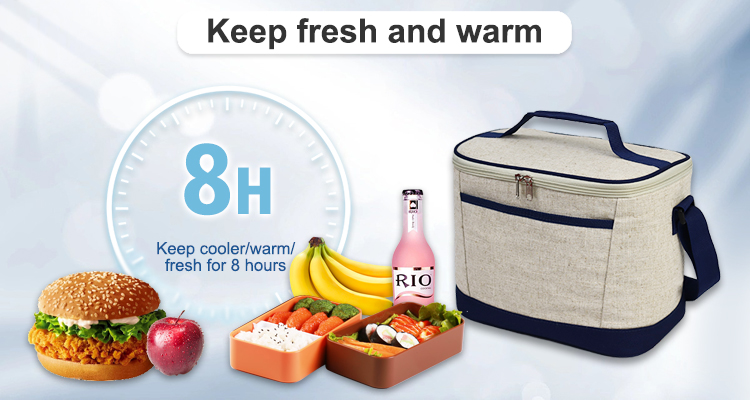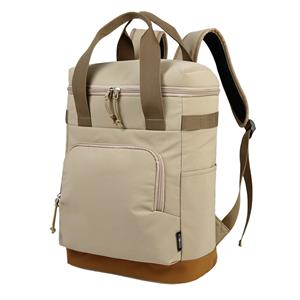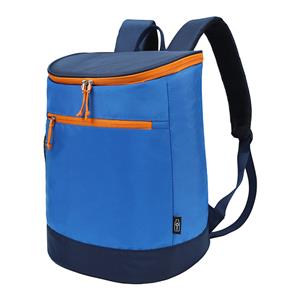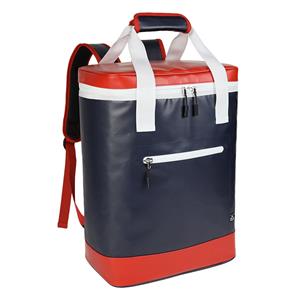- Corporate News
- Industry News
- Blog
- Product news
Camping Coolers: Bridging the Gap Between Sustainability and Functionality
In an era where environmental consciousness is paramount, the camping cooler industry has risen to the challenge of creating products that balance exceptional performance with eco - friendly principles. This balance is not merely a marketing trend but a fundamental shift in how coolers are designed, manufactured, and used, reflecting a deeper commitment to preserving the natural environments that campers cherish.

The quest for sustainability in camping coolers begins with the selection of raw materials. Many manufacturers are now opting for post - consumer recycled plastics to construct the cooler's body and components. This reduces the demand for virgin plastics, which are derived from petroleum - based resources and contribute to environmental pollution and carbon emissions throughout their lifecycle. By incorporating recycled materials, cooler producers decrease their ecological footprint while also diverting waste from landfills. Some innovative companies have even developed coolers using biodegradable or compostable materials for certain components, though this is still in the experimental stages due to challenges in achieving the necessary durability and insulation performance.
The insulation materials used in eco - friendly camping coolers have also undergone a green transformation. Traditional insulation foams, which often contain harmful chemicals and contribute to greenhouse gas emissions during production, are being replaced with more environmentally benign alternatives. For example, some coolers now use insulation made from plant - based materials, such as rice hulls or wheat straw, which are renewable resources with lower carbon impacts. Additionally, the production processes for these green insulation materials typically require less energy and generate fewer pollutants compared to conventional methods. This shift toward sustainable insulation not only benefits the environment but also appeals to health - conscious consumers who prefer to minimize their exposure to potentially harmful synthetic chemicals.
Energy efficiency is another critical aspect where camping coolers are making sustainable strides. Solar - powered coolers, as mentioned earlier, exemplify this trend. By harnessing the sun's energy to power cooling elements or maintain temperature stability, these coolers reduce the need for frequent ice replacement, which involves the consumption of resources and energy in ice production and transportation. Furthermore, the integration of highly efficient insulation systems in all types of coolers means that less ice is required to achieve the same cooling effect, translating to reduced waste and lower overall resource consumption over the cooler's lifespan.
The concept of product lifecycle extends beyond manufacturing and usage to include end - of - life considerations. Modern camping coolers are designed with disassembly and recyclability in mind. Many components, such as handles, latches, and even the insulation layers, can be separated and recycled individually at the end of the cooler's useful life. Some manufacturers offer take - back programs where consumers can return old coolers, which are then either refurbished for secondary markets or properly disassembled and recycled. This closed - loop approach ensures that the materials are kept in use for as long as possible and minimizes waste sent to landfills.
Consumer awareness and education play pivotal roles in the sustainability movement for camping coolers. As campers become more informed about the environmental impact of their gear choices, they're better equipped to make purchasing decisions that align with their values. Certifications and ecolabels, such as those indicating recycled content or compliance with environmental standards, help consumers identify genuinely sustainable products amid a sea of green - washed claims. Additionally, many cooler manufacturers are transparent about their production processes and environmental initiatives, providing detailed information on their websites and product packaging. This transparency builds trust and empowers consumers to support brands that genuinely prioritize sustainability.
The journey toward sustainable camping coolers is not without its challenges. Striking the right balance between performance, cost, and environmental impact requires ongoing research, innovation, and sometimes tough compromises. However, the progress made thus far is encouraging and demonstrates that functionality and eco - consciousness can coexist. For campers who view themselves as stewards of the natural world, choosing a sustainable camping cooler is not just a purchase but a statement of their commitment to preserving the outdoors for future generations to enjoy. It's a small but meaningful act that collectively contributes to a larger movement toward environmental sustainability in outdoor recreation.





